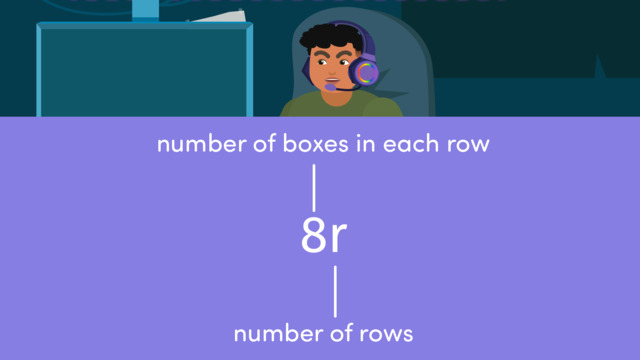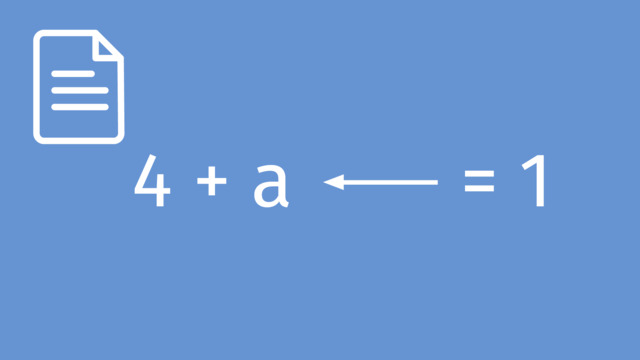Combining Opposite Quantities to Make 0
Learning text on the topic Combining Opposite Quantities to Make 0
Combining Opposite Quantities to Make Zero
We're diving into the fascinating world of numbers, specifically focusing on how combining opposite quantities can result in zero. This principle is not only crucial in maths but is also seen in everyday scenarios. Think of it this way: if you take a step forward and then a step back, you end up right where you started. In maths, we call this the concept of additive inverses. Let's explore this further and understand how it applies to numbers!
Combining Opposite Quantities to Make Zero – Explanation
When we talk about opposite quantities, we're referring to numbers that are equal in magnitude but have different signs. For example, +3 and -3 are opposites because they are the same distance from zero on a number line, just in different directions.
The term additive inverse refers to a pair of numbers that, when added together, equal zero. In other words, they cancel each other out.
| Number | Additive Inverse | Combined Result |
|---|---|---|
| +1 | -1 | 0 |
| -2 | +2 | 0 |
| +3 | -3 | 0 |
| -4 | +4 | 0 |
| +5 | -5 | 0 |
| -6 | +6 | 0 |
| +7 | -7 | 0 |
| -8 | +8 | 0 |
Methods to Add and Subtract Opposite Quantities
Adding and subtracting opposite quantities is a straightforward process that hinges on understanding that they will neutralise each other. See below how it works.
When you add opposites, like (+7) and (-7), they sum to zero:
(+7) + (-7) = 0
-
When you subtract opposite quantities from zero, it's like peeling away the layers to reveal the opposite number:
0 - (+7) = -7
Understanding the Significance of Combining Opposite Quantities
Comprehending how to add and subtract opposite quantities is vital for maintaining balance in various fields. For instance, in accounting, balancing budgets means ensuring that debits and credits cancel each other out. Similarly, in physics, understanding how forces counterbalance is key to solving many problems.
Key Learnings from the Text:
- Additive inverses show us that in the world of numbers, opposites don't just attract—they completely neutralise one another to maintain balance. *This is a helpful and widely applicable skill to use - from scientific to real life scenarios.
Keep up the practice, and you'll find this concept to be a valuable tool in both maths and real-life scenarios!
Now, take a moment to look around. Can you identify a situation or object in your classroom that demonstrates this concept? How about your balance of energy after a gym session followed by rest?
Combining Opposite Quantities to Make 0 – Frequently Asked Questions
Combining Opposite Quantities to Make 0 exercise
-
What is the additive inverse of -4?
HintsAdditive inverses are pairs of numbers that, when added together, equal zero.
$-3$ and $+3$ are additive inverses.
$+3$ can also be written as $3$.
There are two correct answers.
SolutionThe additive inverses of $-4$ are $\bf{+4}$ and $\bf{4}$.
-
Complete the number lines to show the additive inverses.
HintsIn the image you can see that $5$ and $-5$ are additive inverses because they are they same distance from zero in opposite directions.
One number line has two empty boxes, look at the numbers you have left to find two that would add to make zero.
Additive inverses can be fractions and decimals too, the additive inverse of $8.2$ is $-8.2$.
SolutionThe additive inverse of $-6$ is $6$.
The additive inverse of $9$ is $-9$.
The additive inverse of $3.5$ is $-3.5$.
The additive inverse of $-4$ is $4$.
-
Determine whether each equation is true or false.
HintsAdditive inverses are pairs of numbers that, when added together, equal zero.
$-4 + 4 = 0$
Remember $3$ can be written as $3$, $+3$ or $(+3)$
Negative six can be written as $-6$ or $(-6)$.
Brackets can be helpful to see the difference between a subtraction and a negative.
There are three answers that are true.
Solution$3 + (-3) = 0$ is True.
$4 - (-4) = 0$ is False, $4 - (-4) = 4 + 4 = 8$
$(-8) + (-8) = 0$ is False, $(-8) + (-8) = -16$
$(-9) + (+9) = 0$ is True.
$(-6.5) + 6.5 = 0$ is True.
-
Find the additive inverses to make the statements correct.
HintsAdditive inverses are pairs of numbers that, when added together, equal zero.
For example, $-4$ $+$ $4 = 0$, because $4$ and $-4$ are additive inverses.
Additive inverses can be fractions and decimals too, the additive inverse of $3.7$ is $-3.7$
SolutionHere we can see the correct answers highlighted in green.
-
Find the additive inverse for each statement.
HintsExample: The additive inverse of $(+7)$ is $(-7)$.
We can write positive and negative numbers with or without brackets.
Four can be written as $4$, $+4$ or $(+4)$.
Negative six can be written as $-6$ or $(-6)$.
Brackets can be helpful to see the difference between a subtraction and a negative.
SolutionThe additive inverse of $(-1)$ is $(+1)$.
The additive inverse of $(-4)$ is $(+4)$.
The additive inverse of $(+12)$ is $(-12)$.
The additive inverse of $(+4)$ is $(-4)$.
-
Identify the missing numbers to make the calculations correct.
HintsWhen you subtract opposite quantities from zero, it's like peeling away the layers to reveal the opposite number.
$0 - +2 = -2$ because the opposite of a positive is negative.
and, $0 - -2 = +2$ because the opposite of a negative is positive.
Solution$0 +$ $\bf{-6}$ $= -6$
$0 -$ $\bf{+5}$ $= -5$
$4 + -4 =$ $\bf{0}$
$8 - $$\bf{+8} = 0$
$0 - $$\bf{-2.5} = 2.5$
 Do you want to learn faster and more easily?
Do you want to learn faster and more easily?








